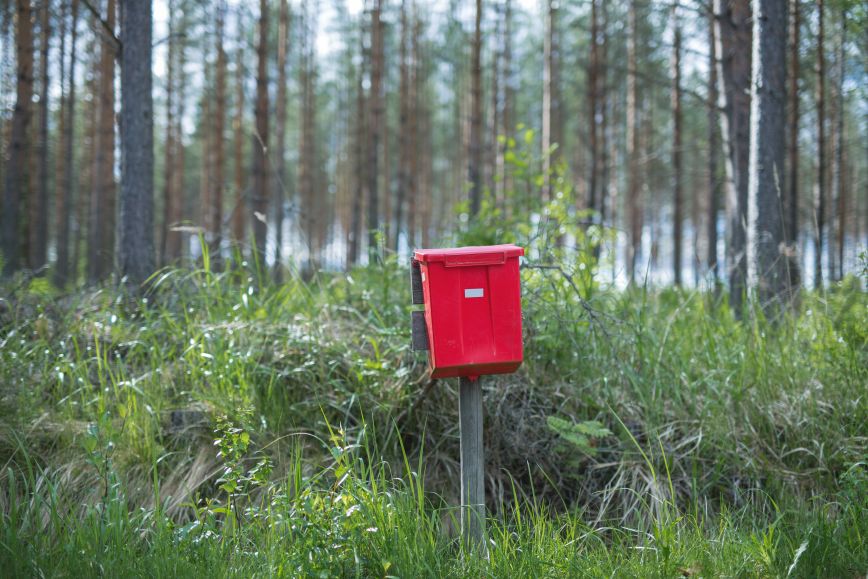Plot boundaries
If, for example, you are planning to fell a few trees on the cottage land or build a shoreline sauna, you should know the boundaries of the plot.
‘Plot boundaries can be viewed, for example, on the MapSite of the National Land Survey. However, the exact location of the plot boundary is always indicated by a boundary marker at the boundary. It can be, for example, a large stone or a metal pipe boundary marker,’ says Panu Karhu, Service Manager of the National Land Survey.
If the boundary marker has disappeared or there is other unclarity about the border location, it is advisable to apply for demarcation from the National Land Survey. In the demarcation process, the location of the boundary is determined and the necessary boundary markers are built to replace the missing ones.
Additional land area formed on the shore
Due to land uplift and the lowering of the water level, the water’s edge may retreat, resulting in an additional land area on the shore. However, the boundaries of the property do not automatically change even if nature changes.
Usually the cottage owner has the right to redeem the land that has emerged on the shore. This should be considered at least if you are planning earthworks or wish to restore the shore or build something.
Road rights
If the cottage road passes through an area owned by another party, a right of use, i.e. an encumbrance for the land owned by the other party, can be established.
‘It is worth applying for a road right, because the permanent right is entered in the cadastral register. In that case, the right is retained even if the owner of the property changes,’ Karhu says.
The road right may be indicated in a cadastral register’s extract or on a cadastral index map. Sometimes the determination of access rights requires a private road survey.
Basic property information and coordinates
You can check your own plot’s information through the National Land Survey’s online service. By logging in with your online banking codes, you can see the properties you own as well as their registration dates and surface areas free of charge.
You can also order extracts and certificates of the properties you own through the online service, subject to a fee.
The coordinates of the cottage for emergencies can be obtained from the MapSite.
‘Enter the address in the field that opens from the magnifying glass, then click on the XYº key on the right and select ETRS89 geographic (~ WGS84) as the coordinate system,’ Karhu advises.
Additional information
Service Manager Panu Karhu
Service Manager Päivi Värtinen
The email format is firstname.lastname@nls.fi.
If you want to find out more about the access rights related to your cottage plot, contact NLS customer service.

